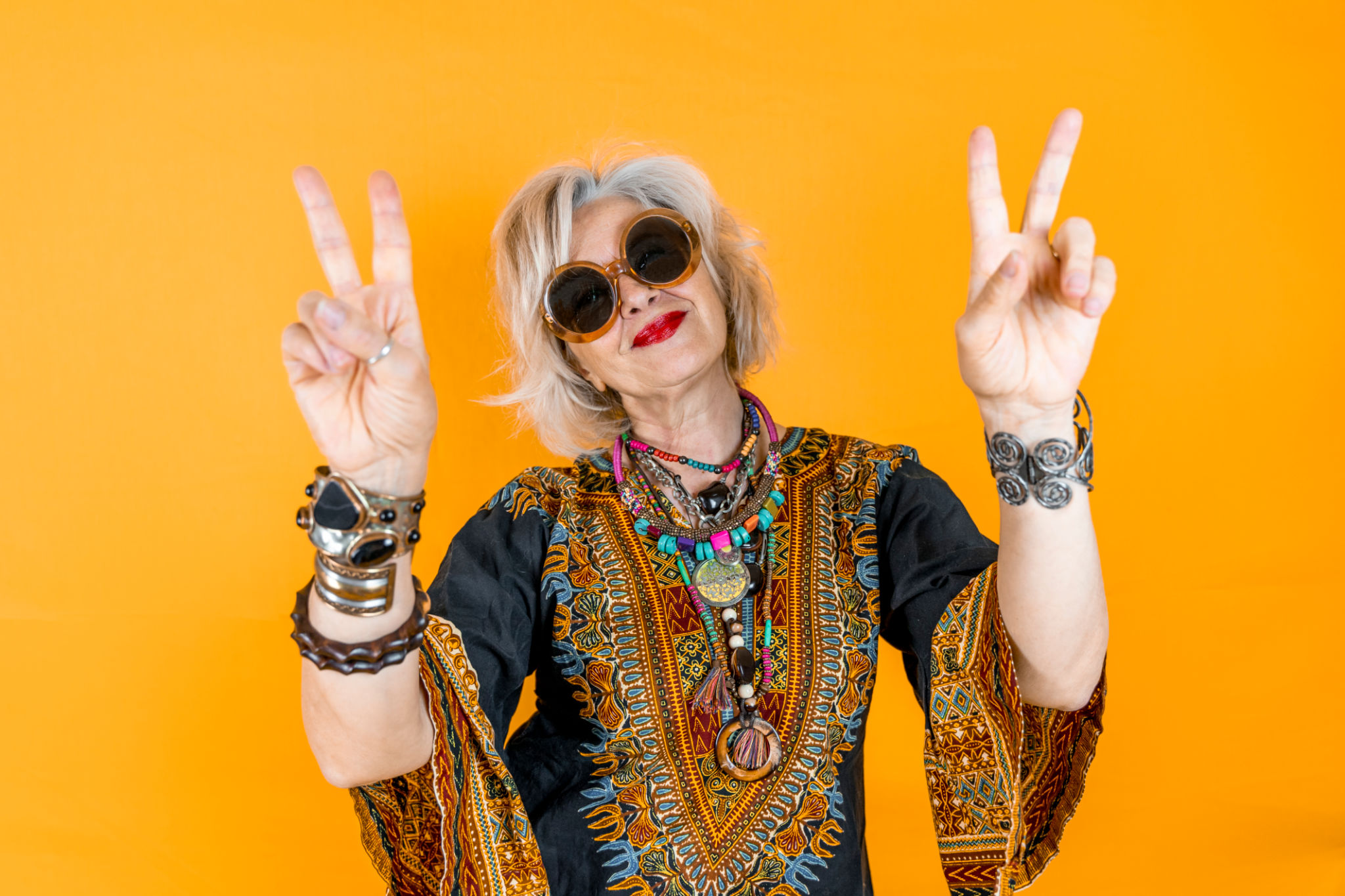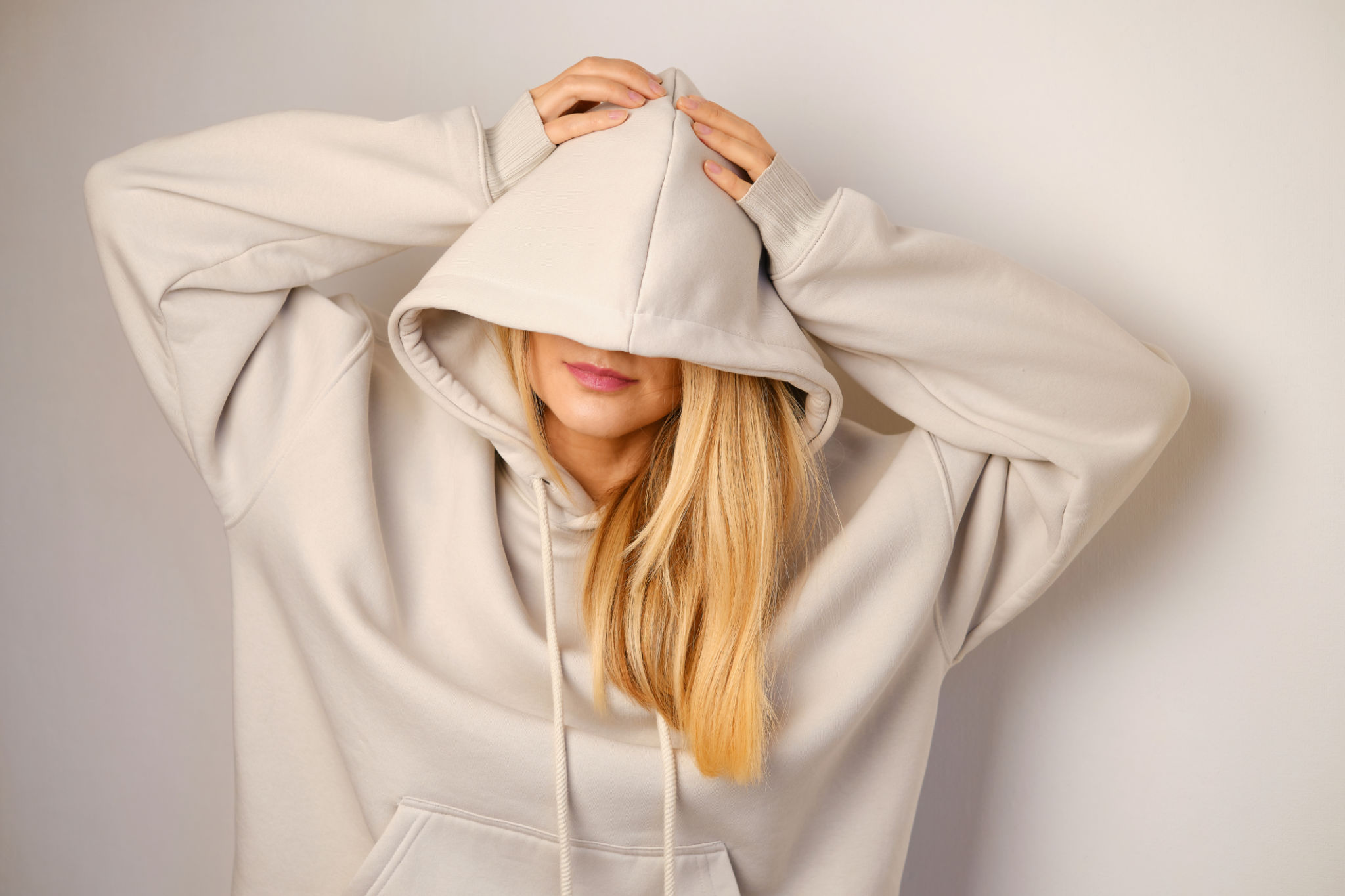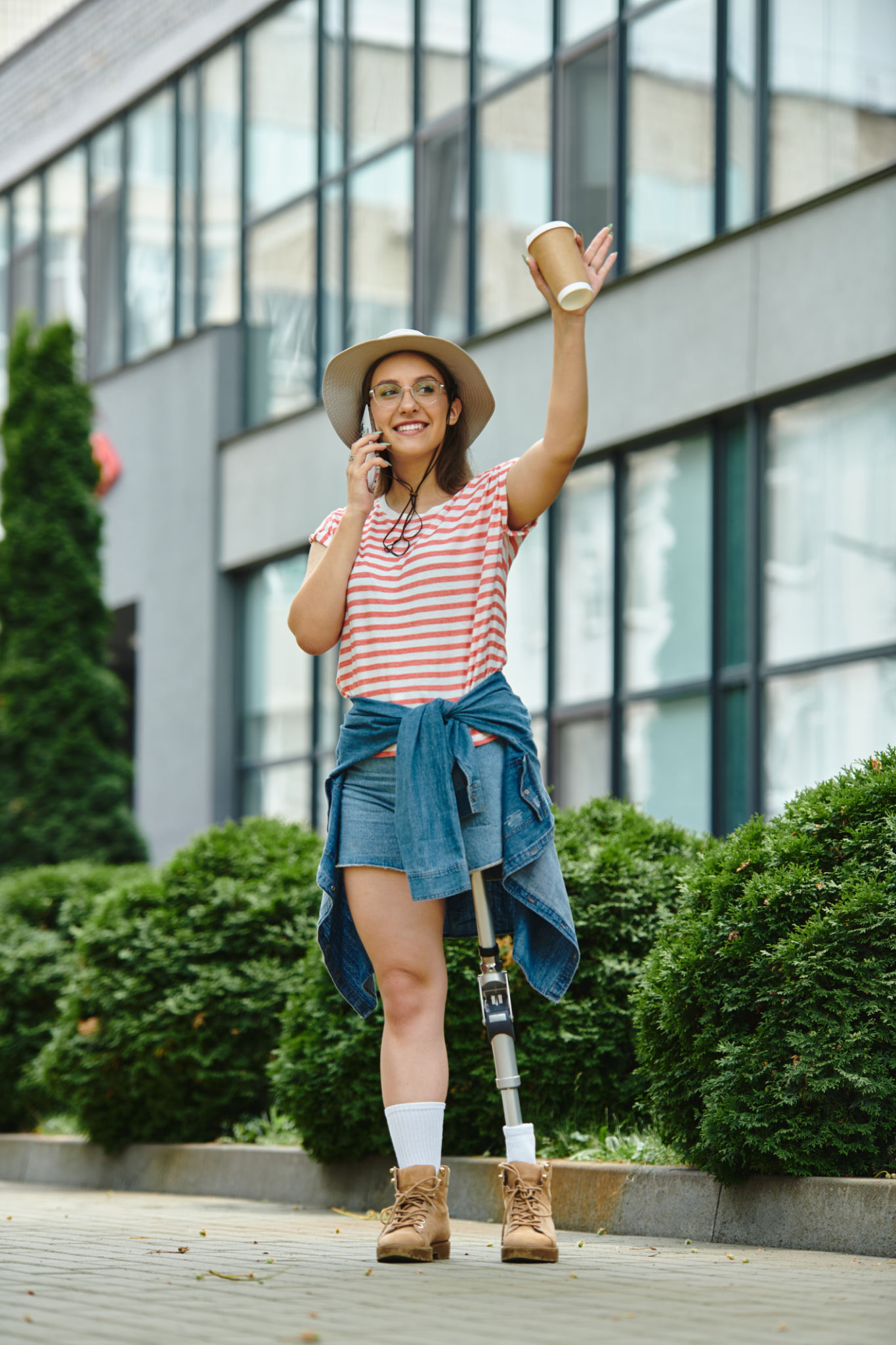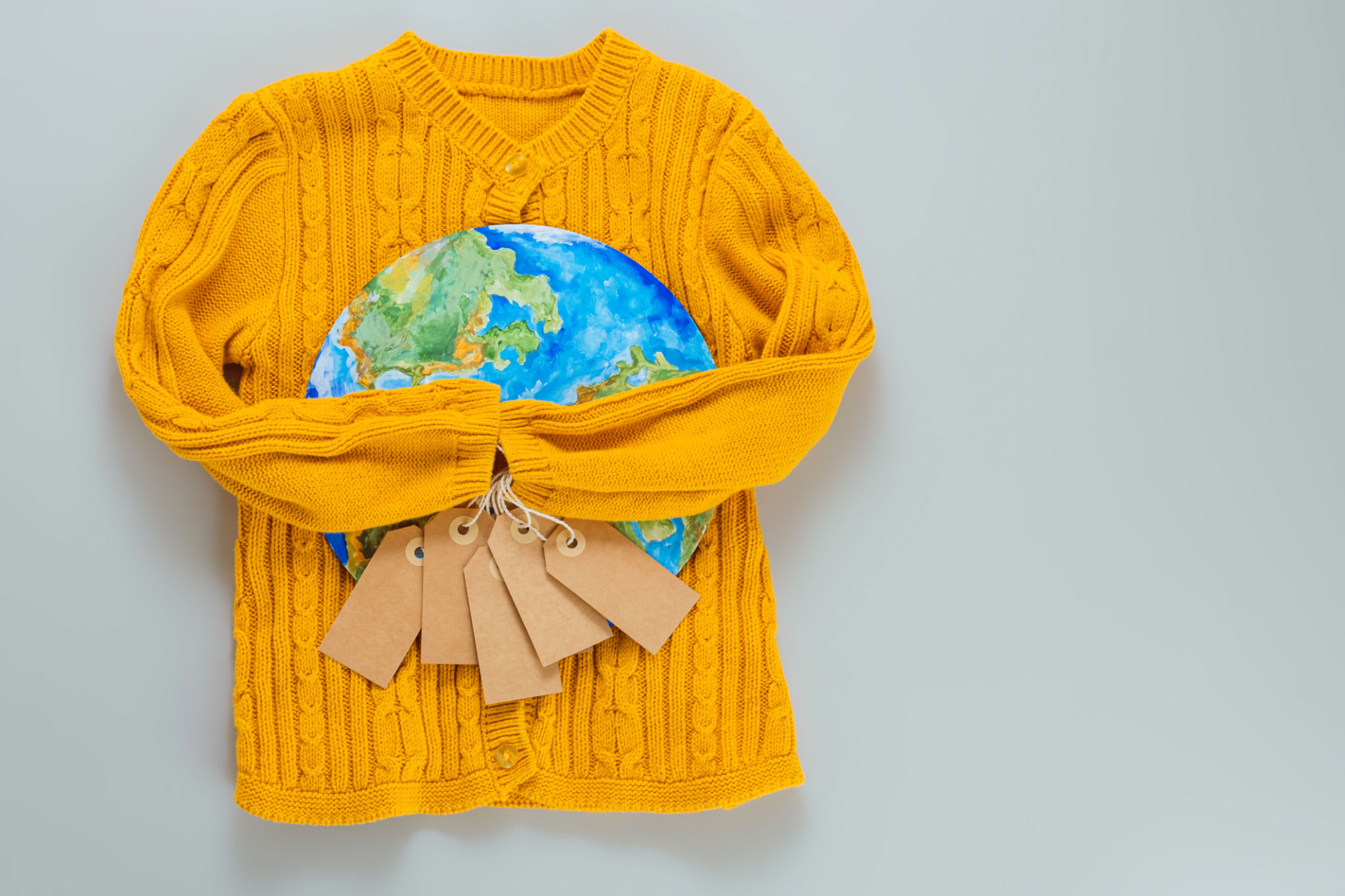Fashion Meets Mental Health: Designing with Wellbeing in Mind
Understanding the Intersection of Fashion and Mental Health
The fashion industry has always been a powerful platform for self-expression, influencing personal identities and cultural trends. Recently, a new dimension has emerged: the integration of mental health awareness within fashion design. This shift is not only redefining aesthetics but also promoting wellbeing through clothing. Designers are now considering how their creations can impact mental health, fostering a positive connection between what we wear and how we feel.

The Role of Fabrics and Colors
Fabric choice and color have always played a critical role in fashion design, but their psychological impact is now taking center stage. Soft, breathable materials like cotton and bamboo are increasingly favored for their comforting qualities. Moreover, color psychology is being leveraged to evoke specific emotional responses. For instance, blue is often used for its calming effect, while yellow can stimulate positivity and energy. By consciously selecting fabrics and colors, designers can create garments that not only look good but also enhance emotional wellbeing.
Functional Design for Comfort
Comfort in clothing goes beyond physical ease; it contributes significantly to mental peace. Designers are emphasizing functional elements like seamless stitching, adjustable features, and ergonomic fits. These aspects ensure that garments support the body naturally, reducing stress and enhancing comfort. The trend of “mindful fashion” is growing, where every detail, from the tag placement to the type of seams used, is crafted to minimize discomfort and maximize psychological comfort.

Fashion as a Medium for Mental Health Advocacy
Fashion designers are increasingly using their platforms to advocate for mental health awareness. Collaborations with mental health organizations and the incorporation of meaningful messages in fashion collections are on the rise. Through slogans, prints, and even the storytelling behind collections, designers are sparking conversations about mental health in a way that is both accessible and impactful. This advocacy not only raises awareness but also seeks to de-stigmatize mental health issues in society.
Innovations in Adaptive Fashion
Adaptive fashion has emerged as a significant movement within the industry, designed specifically for individuals with mental health conditions or sensory sensitivities. These garments often feature adaptive fastenings, sensory-friendly materials, and customizable elements that cater to specific needs. By prioritizing inclusivity and accessibility, adaptive fashion empowers individuals to express themselves confidently and comfortably.

The Future of Fashion Design with Wellbeing in Mind
The merging of fashion and mental health is paving the way for future innovations. As technology advances, smart fabrics that monitor stress levels or garments that adapt to mood changes could soon become reality. The integration of wearables with mental health apps highlights the potential for clothing to play an active role in managing wellbeing. This evolution signifies a transformative approach where fashion not only reflects personal style but also serves as a tool for mental wellness.
Consumer Awareness and Demand
As awareness around mental health grows, consumers are becoming more conscious of their purchasing decisions. They are seeking brands that prioritize ethical practices and promote wellbeing through mindful design. This shift in consumer behavior is driving the demand for fashion that considers both aesthetic appeal and psychological impact. Brands that respond to this demand by offering thoughtful products will likely gain a competitive edge in the evolving market.

Conclusion: Embracing a Holistic Approach
Fashion’s role in mental health is an unfolding narrative, emphasizing a holistic approach where clothing serves as a medium for expression, comfort, and advocacy. By designing with wellbeing in mind, the industry is not only enhancing individual experiences but also contributing to a broader societal change. As this trend continues to evolve, it promises a future where fashion supports mental health as much as it celebrates individuality and style.